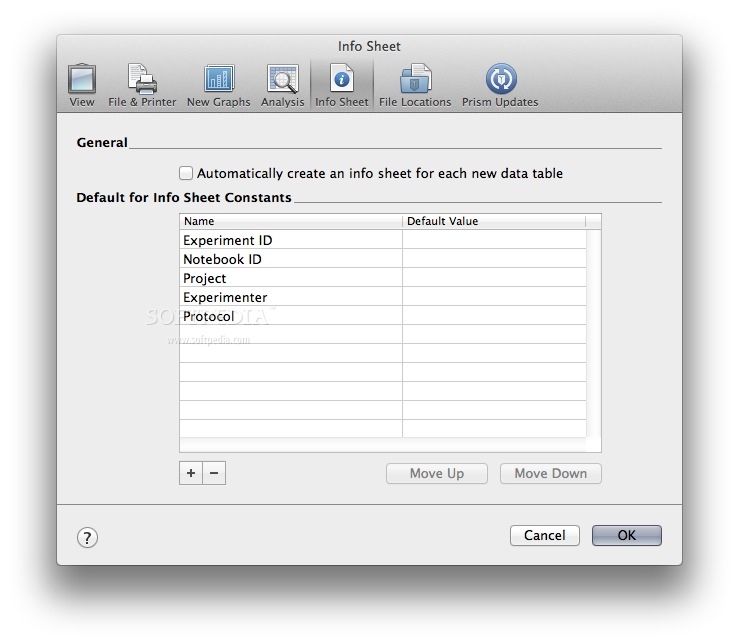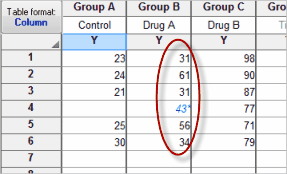

normally distributed, or not.) There is an excellent resource at the Graphpad Software website, makers of Graphpad Prism. There are a host of different tests available, depending on what comparisons are being made and the distribution of the data (i.e. Once the experiments are done and the primary analysis is completed, it is time for the secondary analysis. On the other hand, if the P value is greater than or equal to the α value, the null hypothesis cannot be rejected. If the P value is less than the α value, the null hypothesis is rejected, and the findings are considered statistically significant. This will lead the researcher to state the Null hypothesis (H O), which is what statistics are designed to test.Īn additional factor that should be addressed at the beginning of the experimental process is the significance level (α value) - the probability of rejecting the null hypothesis when it is actually true (a Type I statistical error).Īt the conclusion of the experiments, we collect the data to generate a P value, which we compare to the α value. The second critical component is to identify the question(s) that the experiments are designed to to test. Consequences of poor sample design can be found throughout history, such as the issues surrounding the use of Thalidomide in pregnant women. This sample size, and how it is obtained, should be described before one begins any experiments, as getting the population sampling correct is a critical component of improving reproducibility. How big the population is and what fraction is sampled in the experiment contributes to the power of the experiment, a topic for another day.įigure 1: Relationship of population, sample size, and statistics. It is time and cost prohibitive to try to study all of these people, so the scientist must sample a subset of the population, such that this sample represents (as best as possible) the whole population. An example population might be all the people in the world who have a specific disease. One of the first important concepts to take from this definition is the idea of a population. In applying statistics to, e.g., a scientific, industrial, or social problem, it is conventional to begin with a statistical population or a statistical model process to be studied.

Statistics is a branch of mathematics dealing with the collection, analysis, interpretation, presentation, and organization of data. To do that, scientists turn to statistics.

The ultimate goal of any experiment is to analyze data and determine whether it supports or disproves a given hypothesis.


 0 kommentar(er)
0 kommentar(er)
